Home>Gardening & Outdoor>Plant Care & Gardening Tips>How To Care For Mums In Pots Outdoors
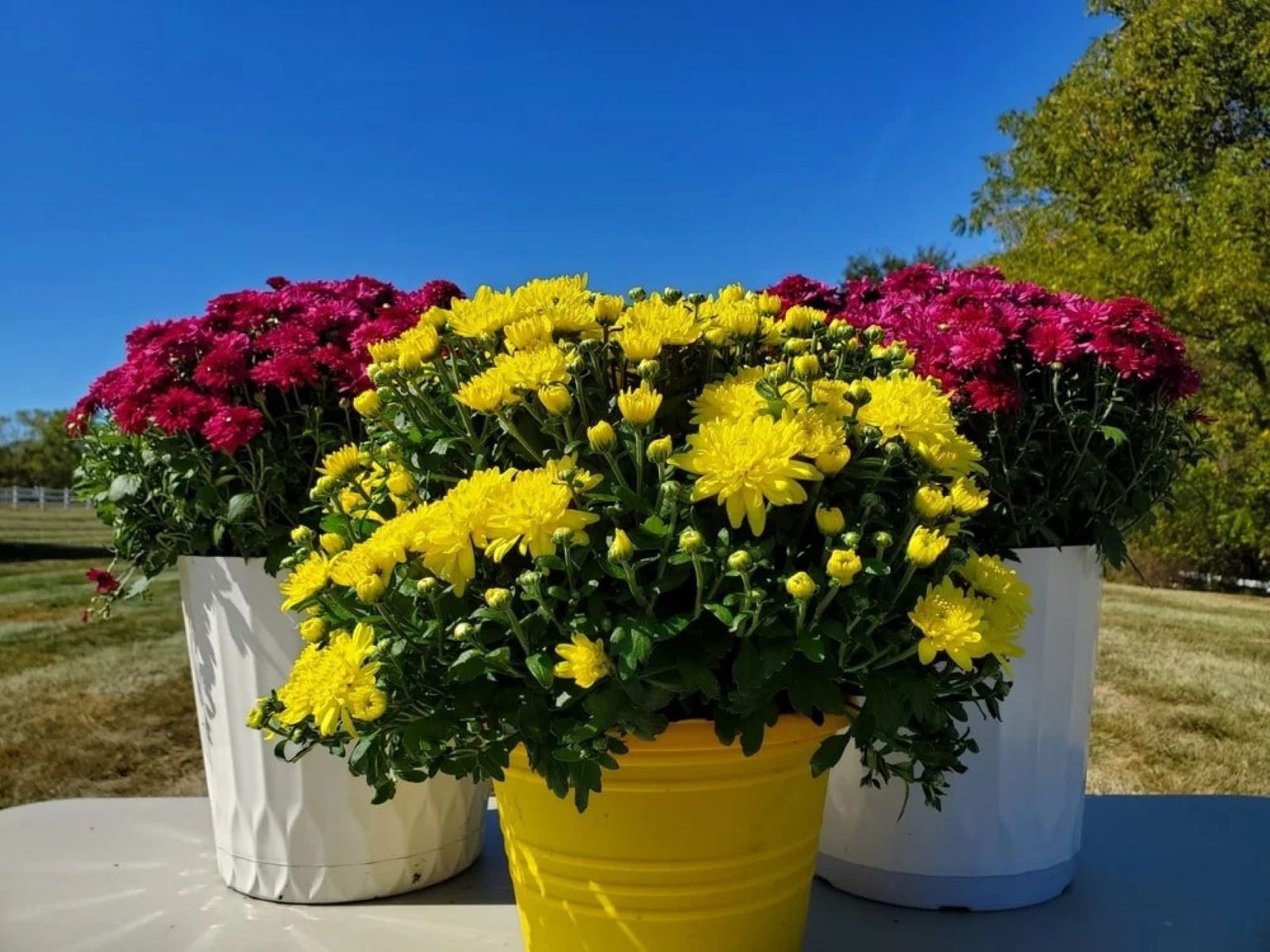

Plant Care & Gardening Tips
How To Care For Mums In Pots Outdoors
Modified: August 20, 2024
Learn essential plant care and gardening tips for mums in pots outdoors. Discover how to keep your potted mums thriving with expert advice.
(Many of the links in this article redirect to a specific reviewed product. Your purchase of these products through affiliate links helps to generate commission for Storables.com, at no extra cost. Learn more)
Introduction
Mums, scientifically known as Chrysanthemums, are vibrant and versatile flowering plants that add a burst of color to any outdoor space. Whether adorning a porch, patio, or balcony, potted mums can elevate the aesthetic appeal of your garden with their captivating blooms and lush foliage. As you embark on the journey of caring for mums in pots outdoors, it's essential to understand the specific requirements that will ensure their health and vitality.
From selecting the right pot to providing optimal soil conditions, adequate sunlight, and proper maintenance, nurturing mums in pots demands attention to detail and a nurturing touch. By delving into the intricacies of potting mums, you can cultivate a thriving display of these enchanting flowers, creating a picturesque outdoor haven that beckons with natural beauty.
In this comprehensive guide, we will explore the essential aspects of caring for mums in pots outdoors, offering valuable insights and practical tips to help you foster a flourishing and vibrant display of these beloved blooms. Whether you're a seasoned gardener or a novice enthusiast, this guide will equip you with the knowledge and expertise needed to cultivate stunning potted mums that will be the envy of your neighborhood.
So, let's embark on this horticultural journey and unlock the secrets to nurturing mums in pots outdoors, transforming your outdoor space into a captivating oasis of floral splendor.
Key Takeaways:
- Choose a spacious, well-draining pot for potted mums, ensuring room for root growth and stability. Consider the material, drainage, and aesthetics to create an ideal environment for these vibrant flowers.
- Balance watering and sunlight for healthy potted mums. Provide consistent moisture and ample sunlight, and implement strategic pruning and overwintering to nurture resilient and vibrant plants.
Read more: What Size Pot For Mums
Choosing the Right Pot
Selecting the appropriate pot is a crucial first step in ensuring the optimal growth and development of potted mums. When choosing a pot for your mums, consider both aesthetic and functional aspects to create an ideal environment for these vibrant flowering plants.
Size and Depth
The size of the pot directly impacts the health and growth of your mums. Opt for a container that provides ample space for the roots to spread and establish themselves. A general rule of thumb is to choose a pot that is at least 12 inches in diameter, allowing sufficient room for the root system to thrive. Additionally, ensure that the pot is deep enough to accommodate the extensive root growth of mums, promoting stability and nutrient uptake.
Material
The choice of pot material can significantly impact the well-being of your mums. Porous materials such as terracotta or clay pots offer excellent breathability and moisture regulation, preventing waterlogged soil and promoting healthy root development. Alternatively, plastic or resin pots are lightweight and retain moisture well, making them suitable for mums, especially in hot and dry climates. Consider the environmental conditions in your area when selecting the pot material to provide an optimal microclimate for your mums.
Drainage
Adequate drainage is paramount for the health of potted mums. Ensure that the chosen pot has drainage holes at the bottom to prevent water from accumulating and causing root rot. Proper drainage facilitates the removal of excess water, maintaining a balanced moisture level within the soil and safeguarding the roots from potential water-related issues.
Read more: How Long Will Potted Mums Last
Aesthetic Considerations
While functionality is key, don't overlook the aesthetic appeal of the pot. Choose a container that complements the visual style of your outdoor space, whether you prefer classic terracotta, sleek modern designs, or vibrant colors that accentuate the beauty of the mums. A well-chosen pot can enhance the overall visual impact of your garden, creating a harmonious and inviting atmosphere.
By carefully considering the size, material, drainage, and aesthetic aspects of the pot, you can lay a solid foundation for the successful cultivation of mums in pots outdoors. The right pot not only provides a conducive environment for healthy growth but also adds a touch of elegance to your outdoor setting, elevating the allure of your garden space.
Soil and Drainage
The soil composition and drainage play pivotal roles in the overall well-being of potted mums. Optimal soil conditions and effective drainage are essential for fostering healthy root development, nutrient uptake, and moisture regulation, all of which are critical for the thriving growth of mums in pots outdoors.
Soil Composition
Selecting the right soil mixture is fundamental to providing an ideal growing medium for potted mums. A well-draining, nutrient-rich potting mix is highly recommended to support the vigorous growth and blooming potential of these vibrant flowering plants. Consider a high-quality potting mix specifically formulated for flowering plants, ensuring that it provides adequate aeration, moisture retention, and essential nutrients. Avoid using heavy garden soil, as it can lead to poor drainage and compaction, hampering the root system's ability to access oxygen and nutrients.
Drainage
Effective drainage is a non-negotiable aspect of potted mum care. To facilitate proper drainage, ensure that the chosen pot has sufficient drainage holes at the bottom. These openings allow excess water to escape, preventing waterlogging and the associated risks of root rot and fungal diseases. When watering the mums, the excess water should freely flow out of the drainage holes, indicating that the soil is adequately moistened without becoming waterlogged.
Read more: Why Are My Potted Mums Not Blooming
Enhancing Drainage
In addition to selecting pots with drainage holes, you can further enhance drainage by adding a layer of coarse gravel or horticultural charcoal at the bottom of the pot before adding the potting mix. This layer aids in promoting drainage while preventing the soil from clogging the drainage holes. Moreover, incorporating organic matter such as perlite or vermiculite into the potting mix can improve soil structure and enhance drainage capacity, creating a conducive environment for robust root growth.
Moisture Regulation
Balancing moisture levels in the soil is crucial for the health of potted mums. While adequate watering is essential, it is equally important to prevent water from stagnating in the soil. By maintaining proper drainage, you can prevent waterlogged conditions that may lead to root suffocation and decay. Additionally, monitoring the moisture levels in the soil and adjusting the watering frequency based on environmental factors and seasonal changes can help prevent water-related issues and promote optimal growth.
By prioritizing the soil composition and implementing effective drainage measures, you can establish an environment that supports the vitality and resilience of potted mums. The synergy between well-aerated, nutrient-rich soil and efficient drainage sets the stage for the mums to flourish, producing an abundance of captivating blooms and lush foliage in your outdoor space.
Watering and Sunlight
Proper watering and sunlight exposure are pivotal factors in nurturing healthy and vibrant mums in pots outdoors. Understanding the nuanced requirements of watering and sunlight for potted mums is essential for creating an optimal growing environment that promotes robust growth and prolific blooming.
Watering
Balancing the watering regimen is crucial for the well-being of potted mums. These plants require consistent moisture without being waterlogged, making it imperative to strike a harmonious watering routine. When watering mums in pots, aim for thorough yet controlled watering sessions. Allow the soil to dry slightly between watering intervals to prevent waterlogged conditions, which can lead to root rot and other moisture-related issues.
To gauge the watering needs of potted mums, perform a simple soil moisture test by inserting your finger into the soil. If the top inch of the soil feels dry to the touch, it's an indication that the mums are ready for watering. When watering, apply water directly to the soil at the base of the plant, ensuring that the water reaches the root zone. Avoid wetting the foliage excessively, as this can increase the risk of fungal diseases.
During hot and dry periods, monitor the moisture levels more closely, as potted mums may require more frequent watering to combat dehydration. Conversely, in cooler and rainy conditions, adjust the watering frequency to prevent water accumulation in the soil. By maintaining a balanced approach to watering, you can provide the necessary hydration for the mums while safeguarding them from potential water-related complications.
Read more: How To Paint Outdoor Pots
Sunlight
Sunlight plays a pivotal role in the growth and blooming of potted mums. These plants thrive in full sunlight, requiring at least six hours of direct sunlight per day to unleash their full blooming potential. When positioning the pots of mums outdoors, select a location that receives ample sunlight, preferably in the morning and early afternoon when the sunlight is less intense.
While mums are sun-loving plants, they can benefit from some shade during the hottest part of the day, especially in regions with scorching summers. Providing partial shade during the intense midday sun can shield the mums from excessive heat and potential sunburn, ensuring that they receive the optimal balance of sunlight and shade throughout the day.
By strategically placing the pots in a sun-drenched spot with adequate airflow, you can harness the energizing power of sunlight to invigorate the mums, stimulating robust growth and a profusion of vibrant blooms. Additionally, monitoring the sunlight exposure and making adjustments based on seasonal variations can help optimize the growing conditions for potted mums, fostering a flourishing display of radiant flowers in your outdoor oasis.
Incorporating these insights into your care routine for potted mums will empower you to provide the ideal balance of watering and sunlight, nurturing these captivating plants to reach their full potential in your outdoor space.
Fertilizing
Fertilizing plays a pivotal role in sustaining the vigor and blooming prowess of potted mums outdoors. These vibrant flowering plants benefit from a balanced and targeted approach to fertilization, ensuring that they receive essential nutrients to fuel robust growth and abundant flowering.
Timing and Frequency
Commencing fertilization at the right time is crucial for the overall health of potted mums. Begin fertilizing the mums in early spring, just as new growth emerges. This initial application sets the stage for a season of healthy development and prolific blooming. Subsequently, continue fertilizing every two to three weeks throughout the growing season, tapering off in late summer to avoid stimulating new growth that may be vulnerable to frost damage.
Fertilizer Selection
Selecting a well-balanced, water-soluble fertilizer specifically formulated for flowering plants is paramount for nurturing potted mums. Look for a fertilizer with a balanced NPK ratio, such as 10-10-10 or 20-20-20, to provide a comprehensive blend of essential nutrients. Additionally, opt for a fertilizer with a higher phosphorus content to promote robust flower bud formation and vibrant blooms.
Read more: How To Fill Large Outdoor Pots
Application Method
When applying fertilizer to potted mums, dilute the water-soluble fertilizer according to the manufacturer's instructions to prevent over-fertilization, which can harm the plants. Apply the diluted fertilizer directly to the soil, ensuring that it reaches the root zone of the mums. Avoid applying fertilizer to the foliage, as this can lead to potential leaf burn and nutrient imbalance.
Organic Alternatives
For those inclined towards organic gardening practices, organic fertilizers such as compost tea or fish emulsion offer sustainable and nutrient-rich alternatives for nourishing potted mums. These natural fertilizers provide a gentle yet effective way to supply essential nutrients to the mums, promoting healthy growth while enriching the soil with organic matter.
Winter Precautions
As the growing season transitions into fall, gradually reduce the frequency of fertilization to allow the mums to naturally prepare for the winter dormancy period. Ceasing fertilization in late summer prevents the stimulation of tender new growth, which may be susceptible to frost damage. By tapering off fertilization in tandem with the changing seasons, you can safeguard the mums and prepare them for the winter rest.
By adhering to a well-timed fertilization schedule and selecting the appropriate fertilizer, you can provide the potted mums with the essential nutrients they need to thrive and produce an exuberant display of blooms. Fertilizing conscientiously and adjusting the regimen in harmony with the seasonal transitions will empower you to cultivate resilient and vibrant potted mums that grace your outdoor space with their captivating beauty.
Pruning and Deadheading
Pruning and deadheading are essential practices for maintaining the health, appearance, and blooming potential of potted mums outdoors. These horticultural techniques play a crucial role in shaping the growth of the plants, prolonging the blooming period, and fostering a tidy and vibrant display of flowers.
Read more: How To Pot Artificial Plants Outdoor
Pruning
Pruning potted mums is a strategic process that involves the removal of specific plant parts to promote healthy growth and shape the overall appearance of the plants. When new growth reaches approximately 6 inches in height, it's an opportune time to initiate pruning. Using clean and sharp gardening shears, selectively trim the top 1 to 2 inches of the new growth, focusing on the tips of the stems. This practice encourages branching and results in a bushier and more compact growth habit, enhancing the overall aesthetic appeal of the mums.
Additionally, as the growing season progresses, periodically inspect the plants for any spent or withered blooms, discolored foliage, or leggy stems. Prune away these undesirable elements to maintain the vitality and visual allure of the mums. By removing faded blooms and unhealthy foliage, you redirect the plant's energy towards producing new blooms and fostering robust growth, ensuring that the mums remain vibrant and captivating throughout the season.
Deadheading
Deadheading, the removal of spent flowers, is a fundamental practice for prolonging the blooming period of potted mums. As individual blooms fade and lose their visual appeal, promptly deadhead them by snipping the flower stem just above the nearest set of healthy leaves or lateral bud. This meticulous removal of spent blooms prevents the formation of seeds and redirects the plant's energy towards producing new flower buds, extending the blooming duration and intensifying the floral display.
Regular deadheading not only prolongs the blooming period but also contributes to the overall health and vigor of the mums. By preventing the formation of seeds, the plant conserves its resources and channels them into generating new growth and blooms, resulting in a lusher and more abundant floral presentation.
By incorporating pruning and deadheading into your care routine for potted mums, you can sculpt the growth, prolong the blooming period, and maintain a visually captivating display of vibrant flowers. These meticulous practices contribute to the overall well-being and aesthetic appeal of the mums, ensuring that they remain a focal point of natural beauty in your outdoor space.
Overwintering
Preparing potted mums for the winter season is a crucial aspect of their care, ensuring their resilience and vitality as they transition into a period of dormancy. Overwintering potted mums involves strategic measures to safeguard the plants from harsh environmental conditions and promote their survival through the colder months.
As the autumn season unfolds and temperatures begin to drop, it's essential to initiate the overwintering process for potted mums. One of the primary considerations is to gradually reduce watering as the plants approach dormancy. While maintaining adequate moisture is crucial, overwatering during the dormant phase can lead to root rot and other moisture-related issues. By gradually tapering off the watering frequency and allowing the soil to dry slightly between watering sessions, you create an environment that aligns with the mums' natural dormancy requirements.
In regions where winter temperatures plummet below freezing, providing insulation for the potted mums is imperative. Consider relocating the pots to a sheltered area, such as a garage or shed, to shield them from extreme cold and frost. Alternatively, wrapping the pots with insulating materials, such as burlap or frost blankets, can provide an additional layer of protection against freezing temperatures. This insulation helps mitigate the risk of frost damage and preserves the root system, laying the groundwork for the mums' resurgence in the following spring.
Pruning the mums before the onset of winter is a prudent practice that contributes to their resilience and prepares them for the dormant phase. Trim the stems to a height of 2 to 3 inches above the soil level, removing any remaining foliage and spent blooms. This strategic pruning minimizes the plant's vulnerability to winter stressors and facilitates a rejuvenated growth cycle when the spring season arrives.
In regions with milder winters, where frost is less severe, potted mums can be overwintered outdoors with additional protective measures. Mulching the soil surface around the pots with a layer of organic mulch, such as straw or shredded leaves, provides insulation and helps regulate soil temperature, safeguarding the roots from extreme fluctuations. Additionally, clustering the pots together and wrapping them with insulating materials can create a microclimate that shields the mums from the brunt of winter's chill.
By implementing these overwintering strategies, you can fortify the potted mums against the rigors of winter, ensuring their survival and setting the stage for a vibrant resurgence in the forthcoming spring. Overwintering potted mums is a proactive and nurturing practice that sustains the plants through the dormant phase, preserving their vitality and blooming potential for the seasons to come.
Pests and Diseases
Potted mums, like many other plants, are susceptible to a range of pests and diseases that can compromise their health and vitality. Vigilance and proactive management are essential for safeguarding these vibrant flowering plants from potential infestations and ailments.
Read more: How To Plant Outdoor Plants In Pots
Common Pests
Several common pests pose a threat to potted mums, including aphids, spider mites, and thrips. Aphids, tiny insects that cluster on the undersides of leaves, can cause stunted growth and distorted foliage by sapping the plant's sap. Spider mites, which thrive in hot and dry conditions, can inflict damage by piercing the plant cells and extracting their contents, leading to yellowing leaves and webbing on the foliage. Thrips, slender insects with fringed wings, can cause stippling and discoloration of the leaves, affecting the overall aesthetic appeal of the mums.
Disease Concerns
Fungal diseases such as powdery mildew and botrytis can also affect potted mums. Powdery mildew manifests as a white powdery coating on the leaves and stems, hindering photosynthesis and weakening the plant. Botrytis, or gray mold, thrives in humid conditions and can lead to the decay of flowers and foliage, posing a threat to the overall health of the mums.
Management and Prevention
Implementing proactive measures to manage and prevent pest infestations and diseases is crucial for maintaining the well-being of potted mums. Regularly inspect the plants for signs of pests, such as distorted foliage, stippling, or the presence of insects, and promptly address any issues. Introducing natural predators, such as ladybugs or lacewings, can help control aphid populations, providing an eco-friendly approach to pest management.
To mitigate the risk of fungal diseases, ensure proper air circulation around the mums by avoiding overcrowding and providing adequate spacing between the pots. Additionally, watering the plants at the base and avoiding wetting the foliage can help prevent the onset of fungal infections. Applying a preventive fungicidal spray, especially during periods of high humidity, can further fortify the mums against fungal diseases.
Organic Remedies
Incorporating organic remedies, such as neem oil or insecticidal soap, offers a gentle yet effective approach to managing common pests while minimizing the impact on beneficial insects and the environment. These natural solutions can be applied as a preventive measure or as part of an integrated pest management strategy to address infestations without resorting to harsh chemicals.
By remaining vigilant, implementing preventive measures, and promptly addressing any pest or disease concerns, you can protect the potted mums from potential threats and create an environment that fosters their robust growth and vibrant floral displays.
This comprehensive approach to pest and disease management empowers you to cultivate resilient and healthy potted mums, ensuring that they thrive and enchant with their captivating beauty in your outdoor space.
Read more: How To Decorate Outdoor Pots For Christmas
Conclusion
Caring for mums in pots outdoors is a rewarding endeavor that invites you to embark on a journey of nurturing and cultivating natural beauty in your outdoor space. By delving into the intricacies of potting mums, you gain valuable insights into the specific requirements that underpin their health and vitality. From selecting the right pot and providing optimal soil conditions to balancing watering and sunlight exposure, every aspect of caring for potted mums contributes to the creation of a vibrant and captivating floral display.
The journey of nurturing potted mums begins with the careful selection of the right pot, considering factors such as size, material, drainage, and aesthetic appeal. The choice of pot lays the foundation for the mums' growth and sets the stage for a visually appealing outdoor setting. Additionally, prioritizing soil composition and effective drainage creates an environment that supports robust root development and sustains the mums' overall well-being.
Balancing the watering regimen and optimizing sunlight exposure are pivotal elements in nurturing healthy and vibrant mums in pots outdoors. By providing consistent moisture and ample sunlight, you create an environment that invigorates the mums, stimulating lush growth and a profusion of radiant blooms. Furthermore, conscientious fertilization, strategic pruning, and proactive pest and disease management contribute to the resilience and vitality of the potted mums, ensuring their enduring beauty and health.
As the seasons transition and the mums prepare for the winter dormancy period, implementing overwintering strategies becomes essential for safeguarding the plants and preparing them for a resurgence in the forthcoming spring. By providing insulation, gradually reducing watering, and strategically pruning the mums, you lay the groundwork for their survival and rejuvenation.
In conclusion, caring for mums in pots outdoors is a holistic and nurturing practice that harmonizes the elements of nature with attentive care and horticultural expertise. By integrating the insights and practices outlined in this guide, you can cultivate a vibrant and enduring display of potted mums, transforming your outdoor space into a captivating oasis of floral splendor. Embrace the art of nurturing and witness the mums thrive, enchanting with their radiant blooms and infusing your outdoor haven with natural beauty.
Frequently Asked Questions about How To Care For Mums In Pots Outdoors
Was this page helpful?
At Storables.com, we guarantee accurate and reliable information. Our content, validated by Expert Board Contributors, is crafted following stringent Editorial Policies. We're committed to providing you with well-researched, expert-backed insights for all your informational needs.
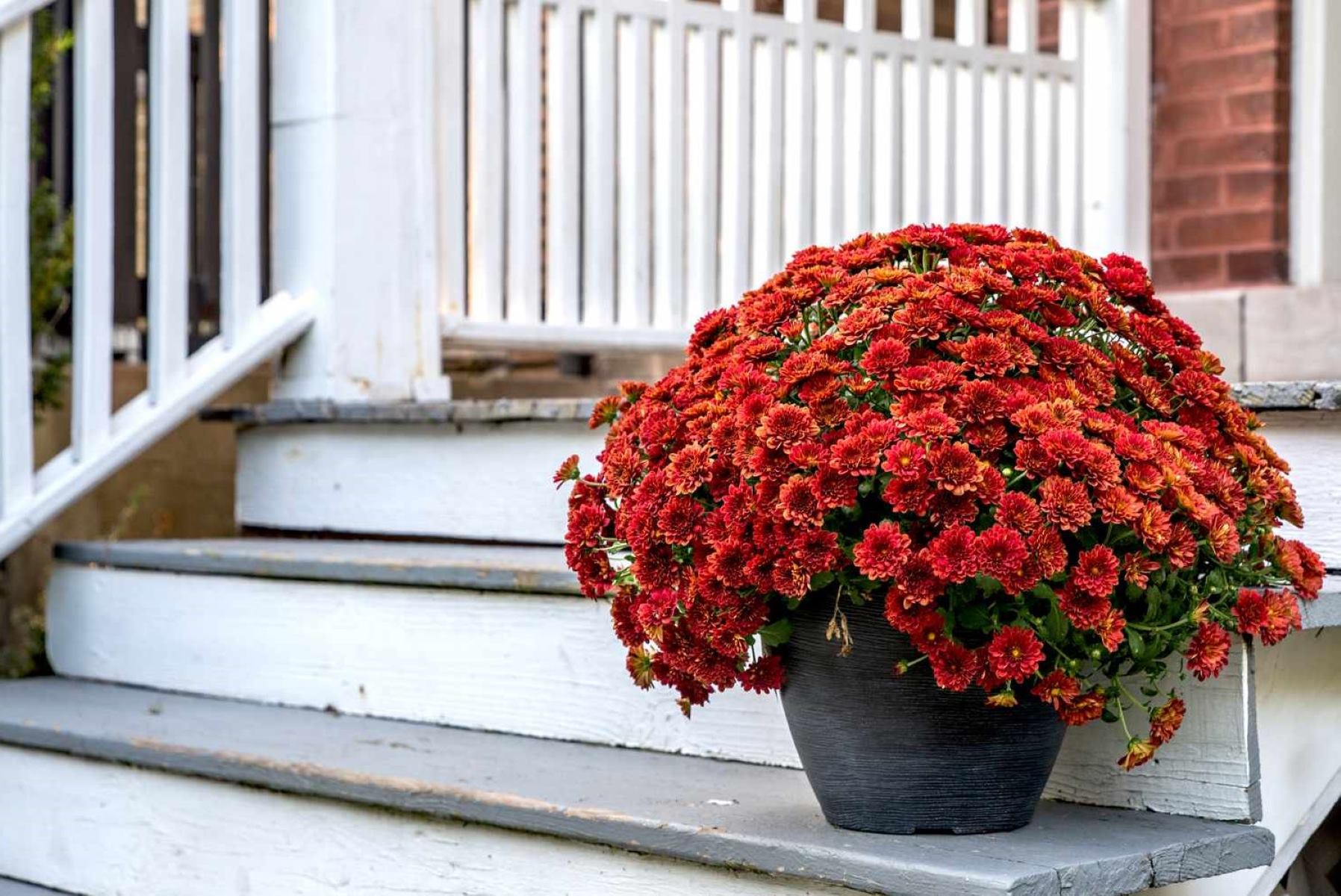
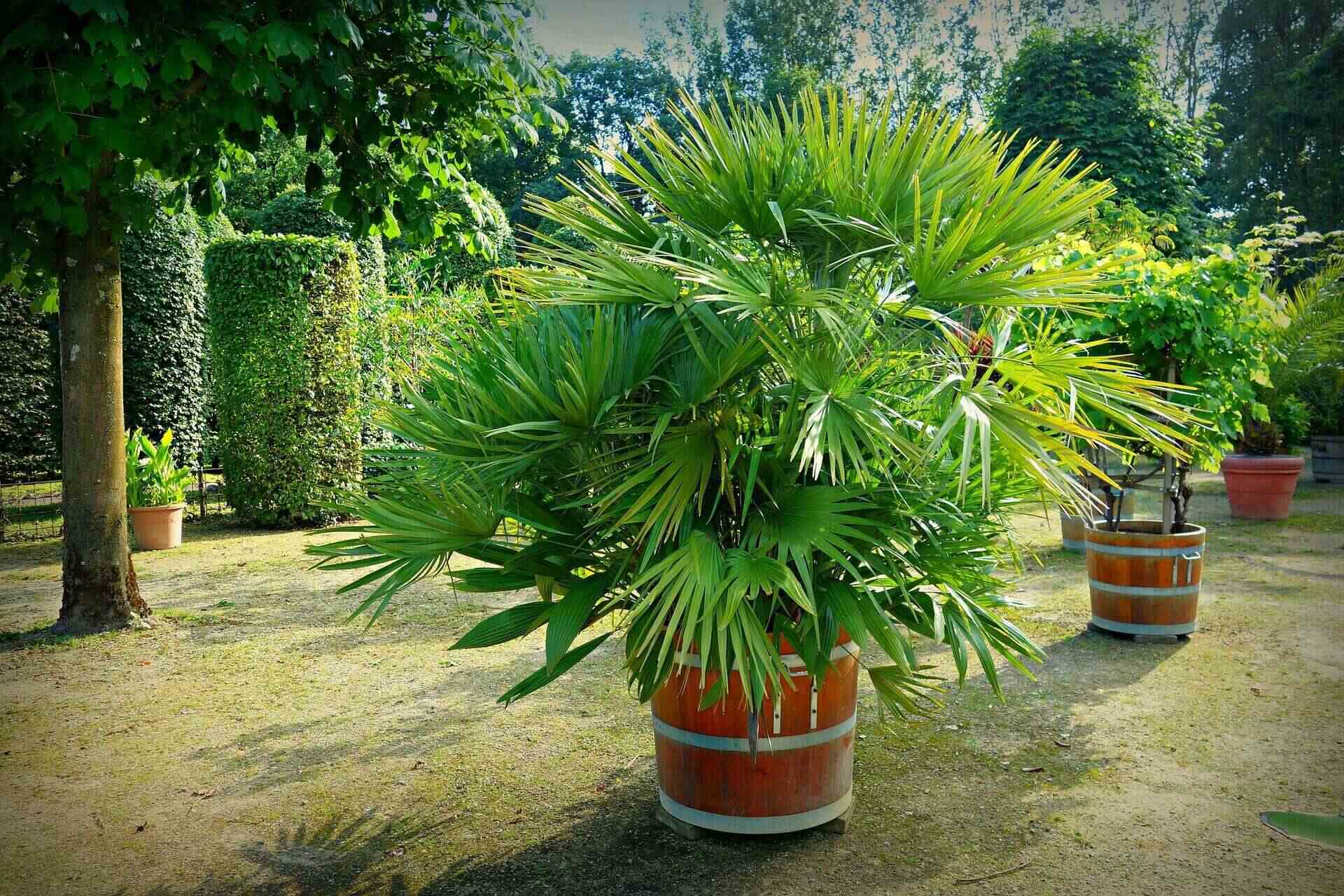
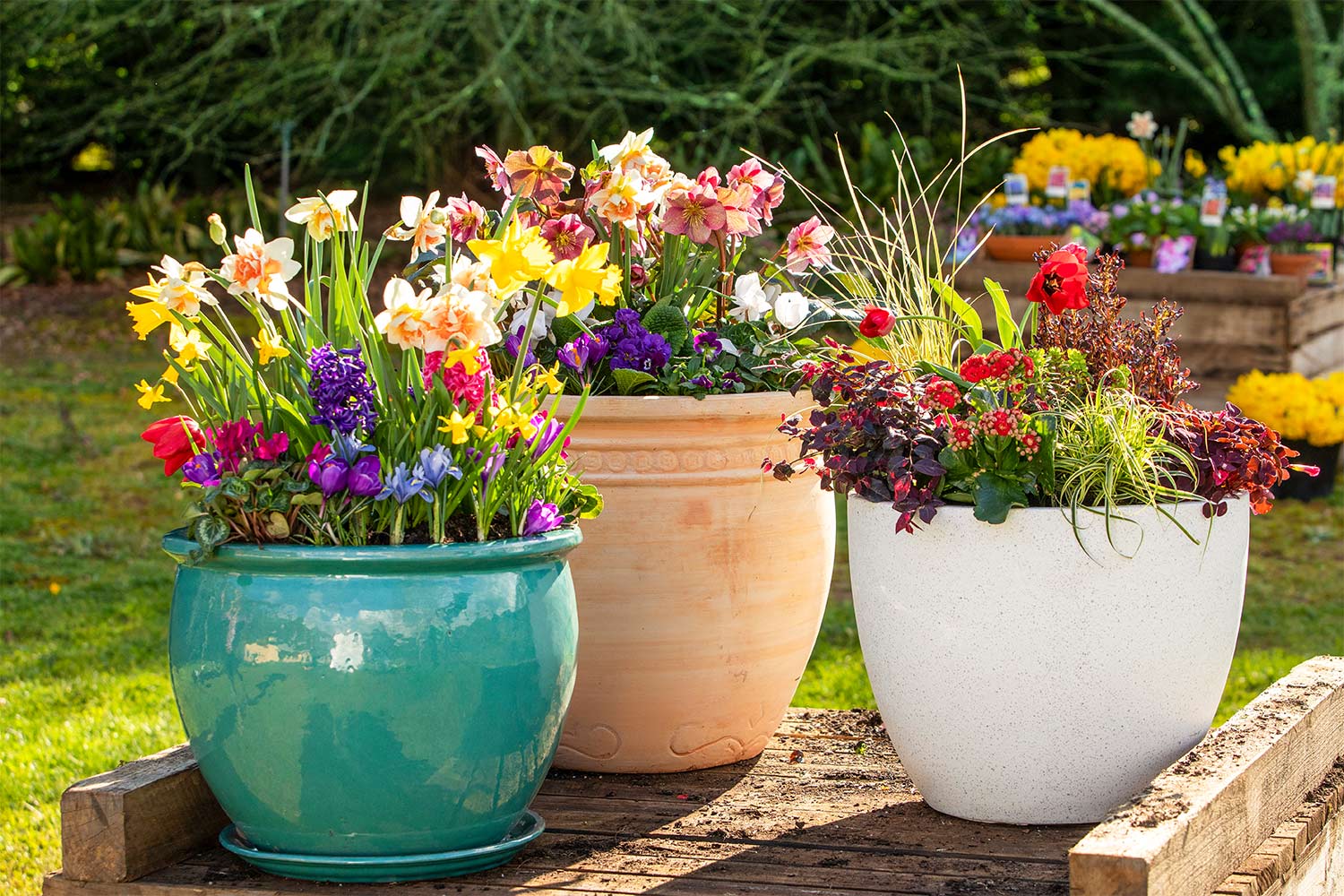
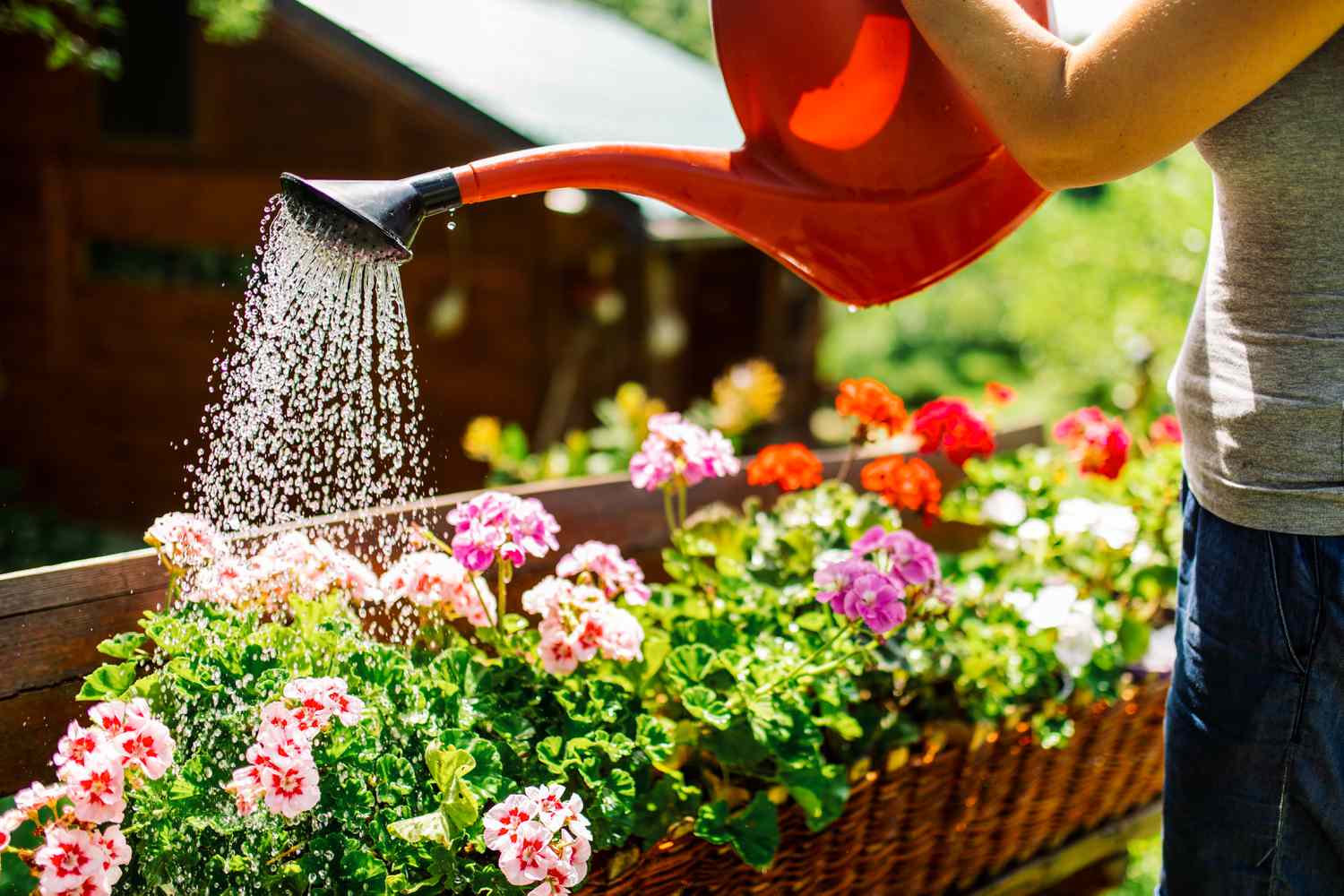
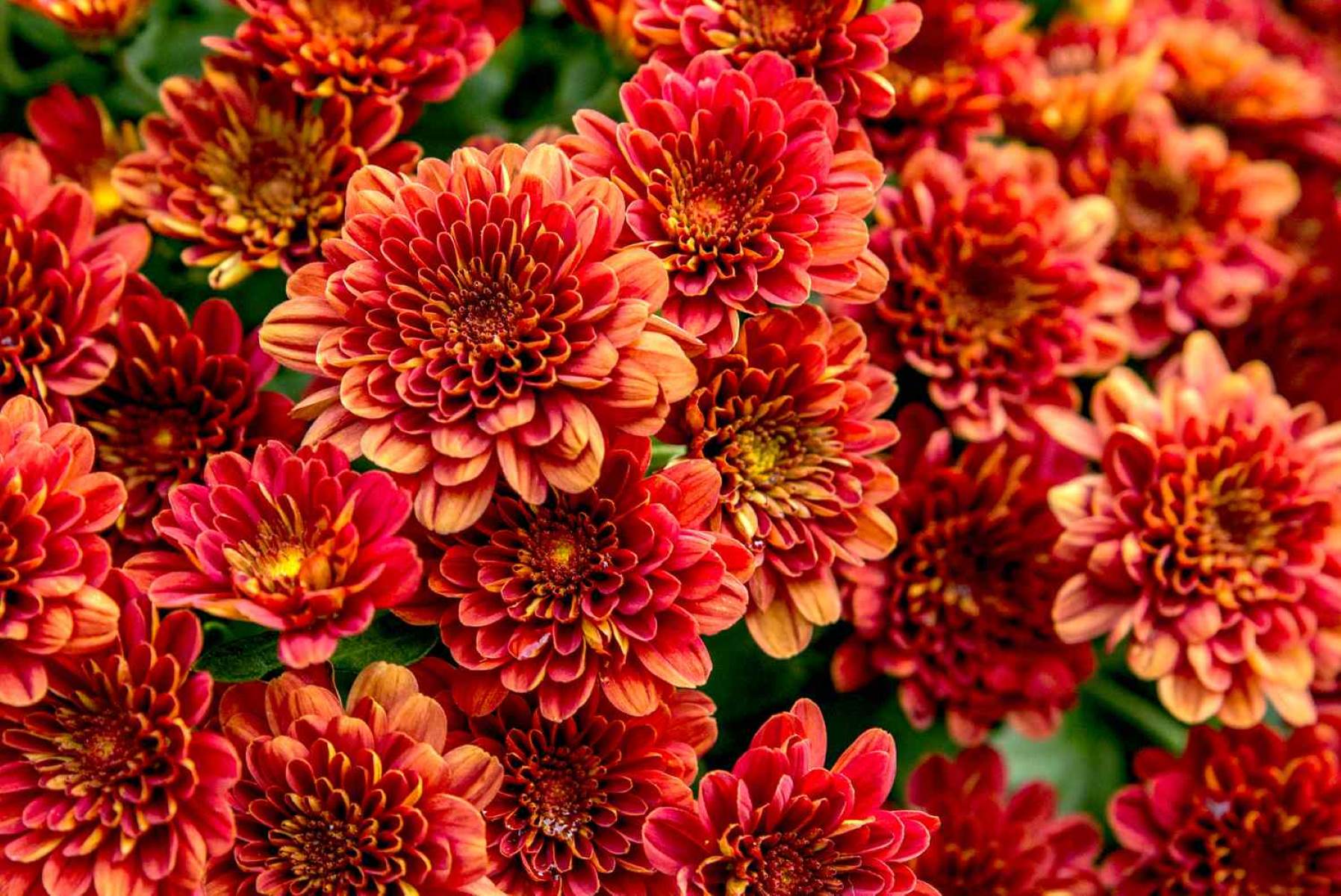
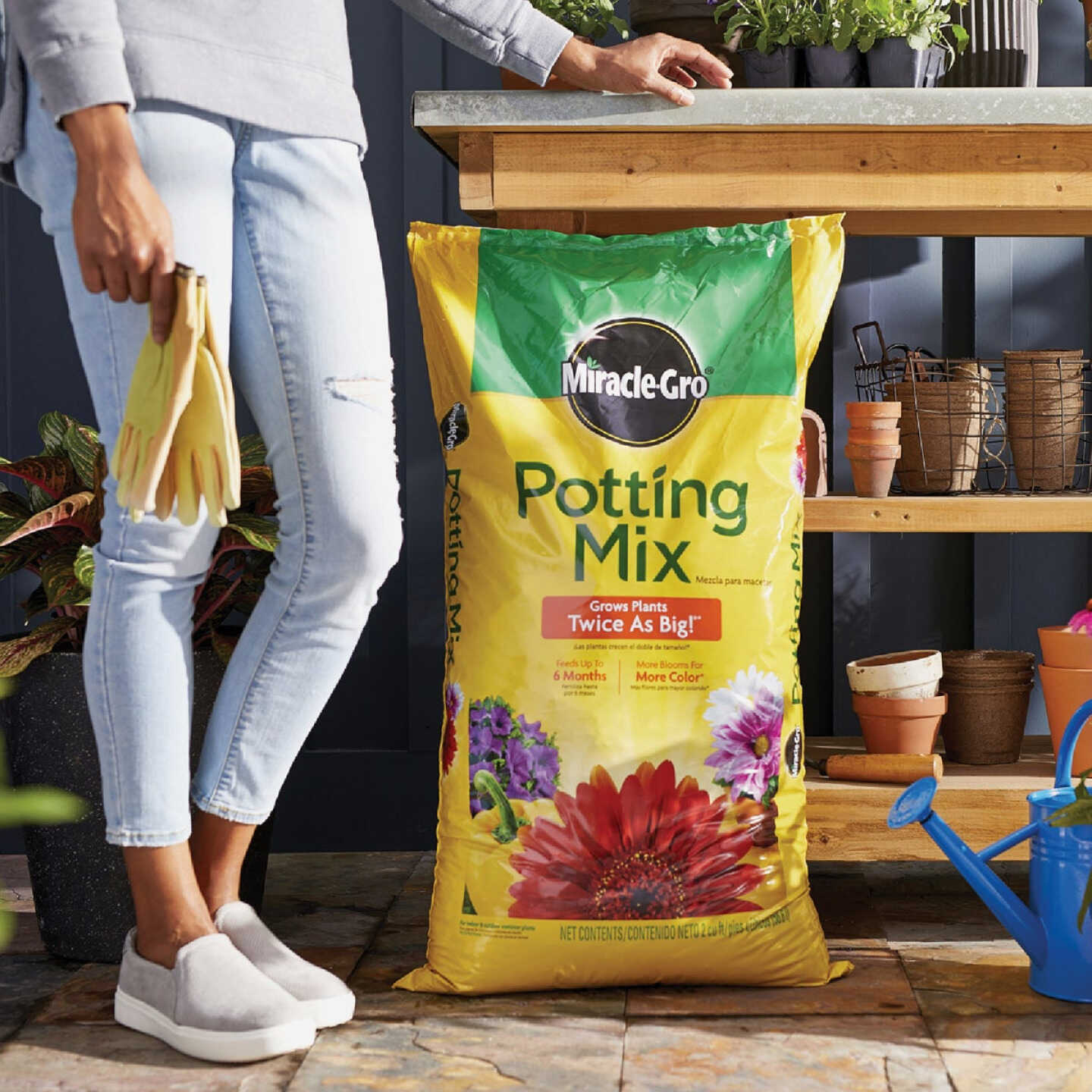
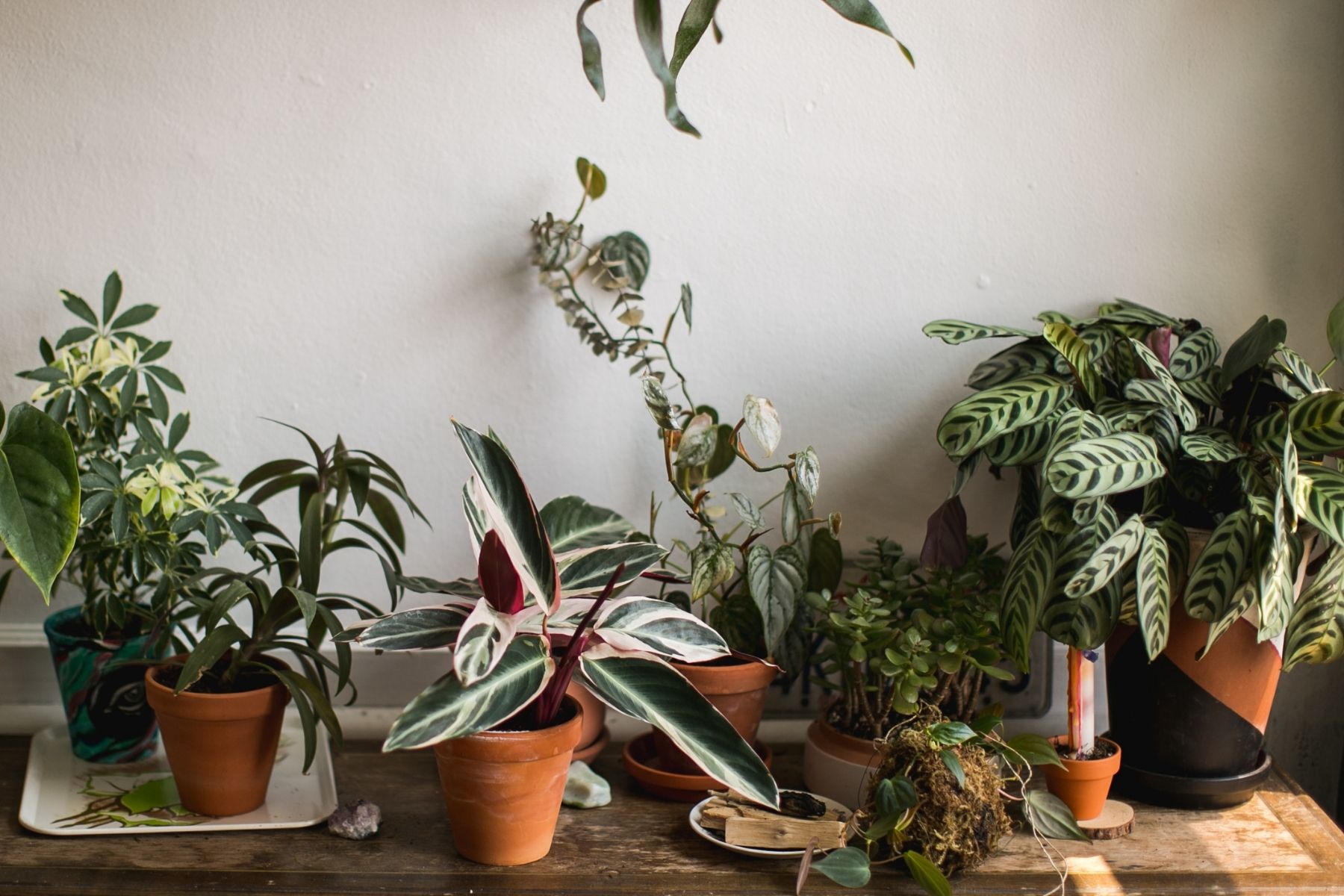
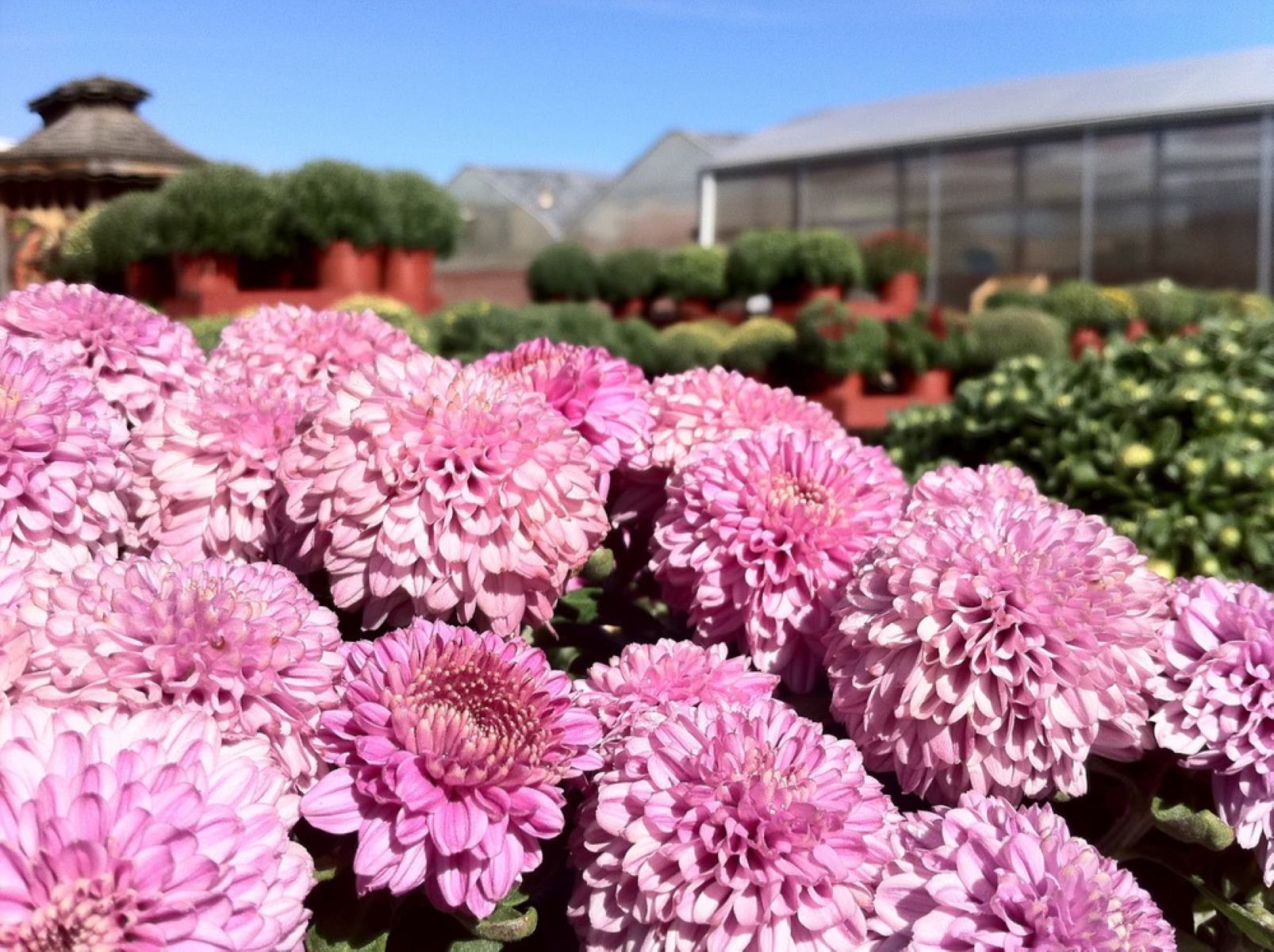

0 thoughts on “How To Care For Mums In Pots Outdoors”